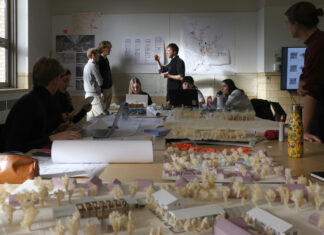Researchers in Texas have taken a huge step towards restoring ‘sight’ to the visually impaired, by bypassing the eyes altogether and relaying information directly to the brain via a system of electrodes.
The team at Baylor College of Medicine in Houston, led by Daniel Yoshor, developed a neural implant that allows participants to ‘see’ the outlines of shapes and letters, by skipping potentially damaged or non-functional eyes and optic nerves and relaying imaging information from a camera directly to the brain.
A “visual prosthetic” that allows the blind to regain their vision entirely is still many years away, they caution, but for now users are able to “see” basic shapes, opening up a vast number of possibilities for the blind, the visually impaired and even for those with functioning sight.
“When we used electrical stimulation to dynamically trace letters directly on patients’ brains, they were able to ‘see’ the intended letter shapes and could correctly identify different letters,” senior author Daniel Yoshor from the Baylor College of Medicine in Houston said.
They described seeing glowing spots or lines forming the letters, like skywriting.
The researchers tested their system on four sighted people and two blind people and all subjects were able to correctly identify the specific letters that were “traced” on their brains.
As of now, the scientists say that the current prototype only stimulates a small number of the roughly half a billion neurons on the primary visual cortex of the brain, so there is much room for improvement in future iterations.
Since the system uses only a limited number of electrodes, the next step is to develop a new prototype alongside neuroengineers with thousands of electrodes to allow for more precise stimulation of the brain, thereby creating a more precise image in the minds of the users.
While still in the early stages of development, such a system would eventually afford blind and visually impaired people the ability to detect the outline forms of their family members and loved ones.
Think your friends would be interested? Share this story!
















































